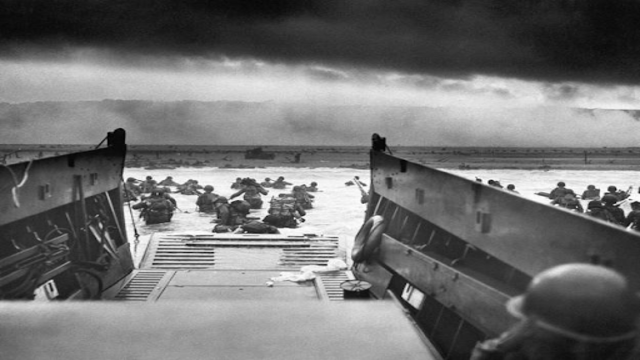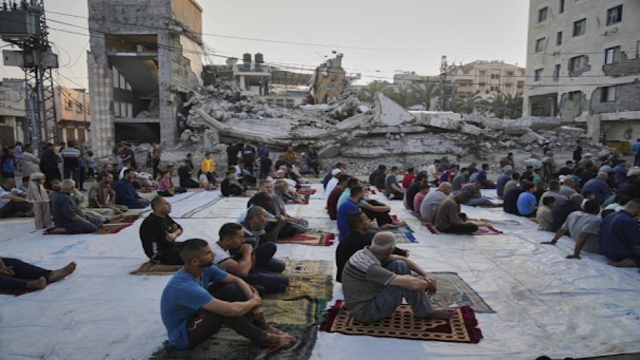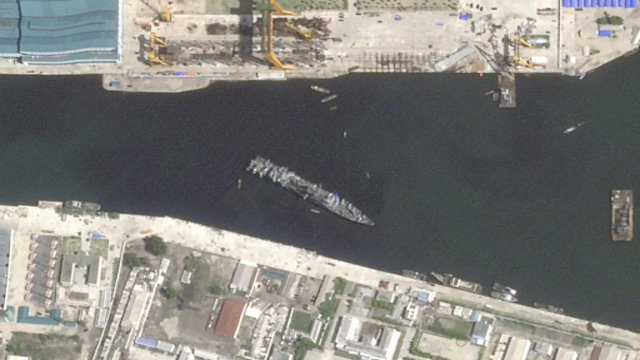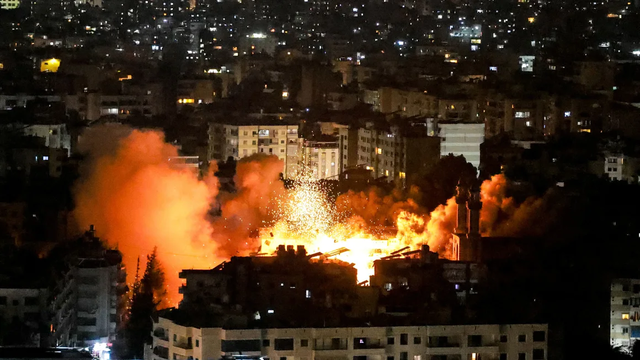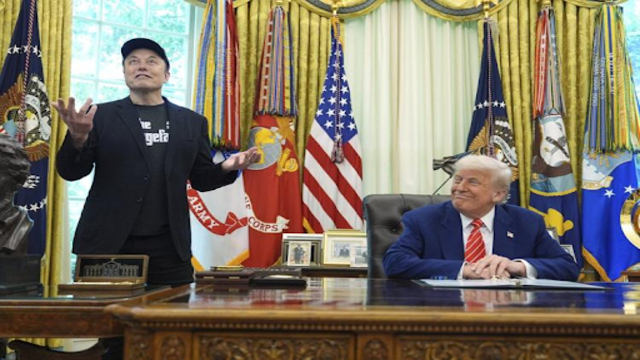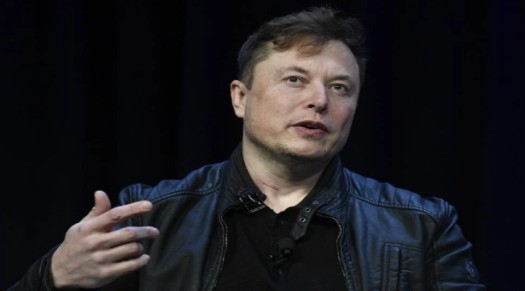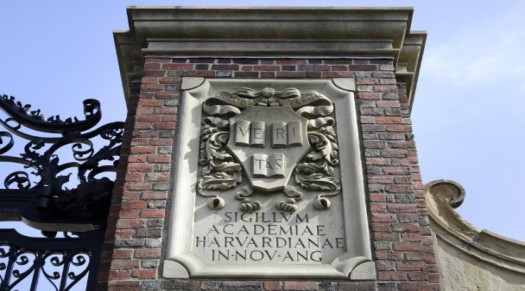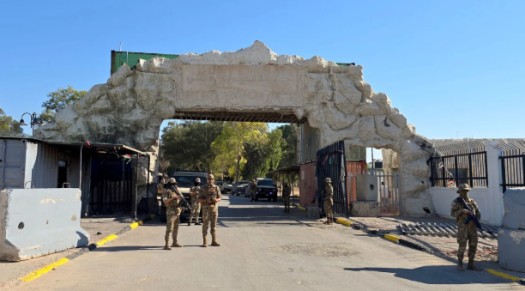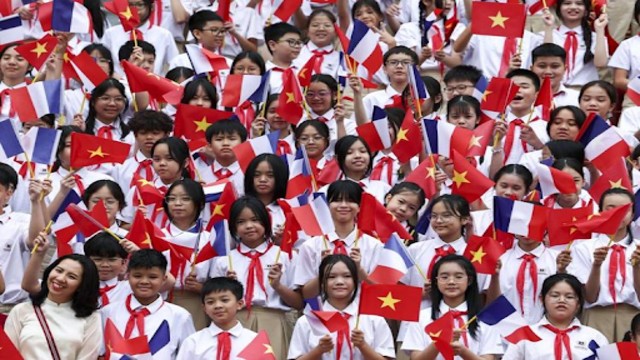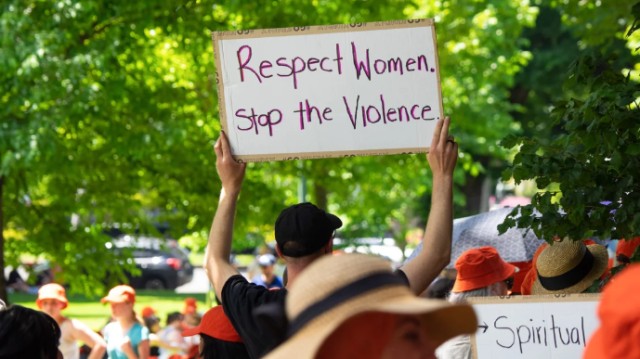
Ukrainian servicemen of the 127th Territorial Defense Brigade fire KS-19 100mm towards Russian positions near Kharkiv, Ukraine, Friday, May 16, 2025.(AP Photo)
Since March, U.S.-brokered talks have aimed to bring peace to the Ukraine-Russia conflict. Ukraine’s key strategy is to convince the Trump administration that Russian President Vladimir Putin cannot be trusted. At the same time, Kyiv shows its commitment to peace.
Ukrainian President Volodymyr Zelenskyy faces a tough path. Analysts and officials agree his best chance is to rally U.S. President Donald Trump’s support against Putin. Europe’s united backing is also crucial.
Zelenskyy’s Bold Move: Face-to-Face Talks
In the latest diplomatic effort, Zelenskyy accepted Putin’s offer for direct talks in Turkey. The U.S. endorsed the plan, raising hopes for progress.
Zelenskyy even challenged Putin to meet face-to-face, raising the stakes.
However, Putin did not respond positively. The Istanbul talks on Friday were reduced to technical discussions. No major breakthroughs emerged, and the war continues to drag on.
U.S. Frustration Grows Over Stalled Peace Efforts
The U.S. expressed frustration with the lack of progress in talks. Trump hinted he might soon speak directly with Putin. Boarding Air Force One, Trump told reporters, “He and I will meet, and I think we’ll solve it, or maybe not.”
Zelenskyy’s message remains clear: Putin is unreliable. Ukraine tries to keep the U.S. firmly on its side in this tense diplomatic game.
The Harsh Ground Reality Behind the Political Theater
Behind the political maneuvering lies a grim reality. Ukraine’s situation weakens as the war of attrition continues. Without stronger sanctions on Moscow and steady U.S. arms deliveries, Kyiv’s position will deteriorate further.
Oleksandr Merezhko, a lawmaker in Zelenskyy’s party, explained, “We are trying everything to keep U.S. support. The people suffer, and we can’t afford to lose America’s backing.”
Putin’s absence from talks without strong U.S. reaction frustrates Ukrainians. Merezhko called it “unfair” and “imbalanced,” as Ukraine meets demands while Russia stalls.
Ukraine’s Hope: Sanctions to Weaken Russia
Since March, Ukraine has shown willingness to meet U.S. demands. This strategy aims to keep Trump’s favor. Kyiv hopes Russia’s refusal to compromise will push the U.S. to impose harsh sanctions.
Strong sanctions could cripple Russia’s war effort. This scenario offers Ukraine the best chance for peace on favorable terms.
Russia’s Consistent but Tough Stance
The Kremlin repeatedly says it supports peace talks but sets demands Ukraine cannot accept. These include territorial concessions, military neutrality, and a ban on NATO membership.
Moscow accuses Kyiv and the West of prolonging the conflict and blocking peace efforts. Recently, Russia rejected a 30-day ceasefire proposal, offering brief unilateral pauses instead. Kremlin officials stress the settlement is complicated and requires time.
Ukraine Pushes for Ceasefire and Prisoner Exchange
Kyiv calls for an unconditional temporary ceasefire to pave the way for diplomacy. Zelenskyy also requests gestures like prisoner releases. On Friday, both sides agreed to exchange about 1,000 prisoners—their largest swap yet.
Zelenskyy remains flexible to avoid alienating Trump. His moves, including accepting U.S. proposals, show Ukraine’s desperation to keep American support.
Risky Diplomacy in Istanbul
Kyiv’s agreement to attend Istanbul talks was risky. It played into Putin’s plan to stall and drag Kyiv into endless negotiations. Ukrainian analyst Mykola Davydiuk said, “We showed support for Trump’s plan. Now the ball is with Trump.”
Despite verbal threats, Europe and the U.S. have not delivered sanctions to cripple Russia’s energy sector. Zelenskyy backs a tough U.S. sanctions bill pushed by Senator Lindsay Graham, which could impose heavy tariffs on Russian energy.
Preparing for Possible Summer Fighting
For now, Zelenskyy highlights Putin’s unwillingness to negotiate seriously. He calls for stronger sanctions and continued pressure on Russia. On the frontline, soldiers see the political drama as a circus. One drone operator dubbed the talks “better called a circus,” showing the contrast with harsh war conditions.
Russia faces a crucial choice: negotiate a truce or launch a summer offensive. Analysts warn Ukraine’s resources and manpower are stretched thin. Estimates suggest Ukraine can hold out from six months to two years, depending on support and weapons production.
Russian Offensive Continues
Russian forces recently intensified attacks in Donetsk, Zaporizhzhia, and Kherson regions. They aim to reach the borders of the Dnipropetrovsk region, potentially controlling half of the contested areas.
A Ukrainian soldier called Corsair Denis expressed the stakes bluntly: “We will either hold and freeze the conflict or face a breakthrough by the enemy.”
The Road Ahead
Ukraine’s political and military future depends heavily on international backing. Stronger sanctions and steady arms deliveries remain key. Zelenskyy’s balancing act continues—seeking peace while preparing for war.
The political theater will likely go on, but the harsh reality on the ground remains undeniable.


